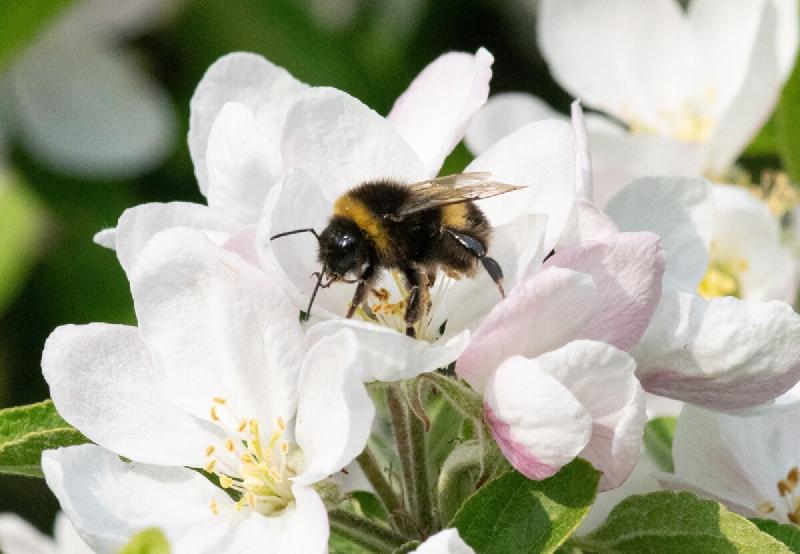Podcast interview with Dr. Richard Comont from the Bumblebee Conservation Trust about the citizen science projects they are involved in. He tells us what’s involved in each scheme, including suggestions for the amount of time and experience needed. We also discuss the benefits and limitations of citizen science projects, and some of what can be learned from the information which is collected. We end with discussion of the pros and cons of different ID guides for UK bees and bumblebees (33:30).
Find out more about the Bumblebee Conservation Trust
1km surveys
- Adopt a 1km square from the National Plant Monitoring Scheme
- Visit your square 4 times in the year (May, June, July, August)
- Collect insect samples using traps and record data about surrounding vegetation
- Conduct 2 FIT counts
Bee walks
- Walk a 1km route once per month and tally bumblebees
- Bumblebees identified to species, and ideally also caste (Queens, male, worker)
- Designed for individuals or pairs, not suitable for groups
PoMS Flower-Insect Timed (FIT) counts
- Spend 10 minutes watching a patch of flowers and count insect visitors.
- Tally bees, bumblebees, butterflies, flies, beetles. No more detailed ID experience required
- Suitable for families and interested beginners.
Casual recording
iNaturalist and iSpot
- Submit photos of sightings to get help with identification.
- iNaturalist uses image recognition to suggest an ID which can then be confirmed by the community.
- Good free apps available
iRecord
- Designed to allow naturalists and recorders a more streamlined way of submitting their records
- Records submitted are confirmed by experts and added the UK biodiversity monitoring programmes
- Requires more experience to identify sightings
- Allows more detailed recording including abundance
- Free app available
